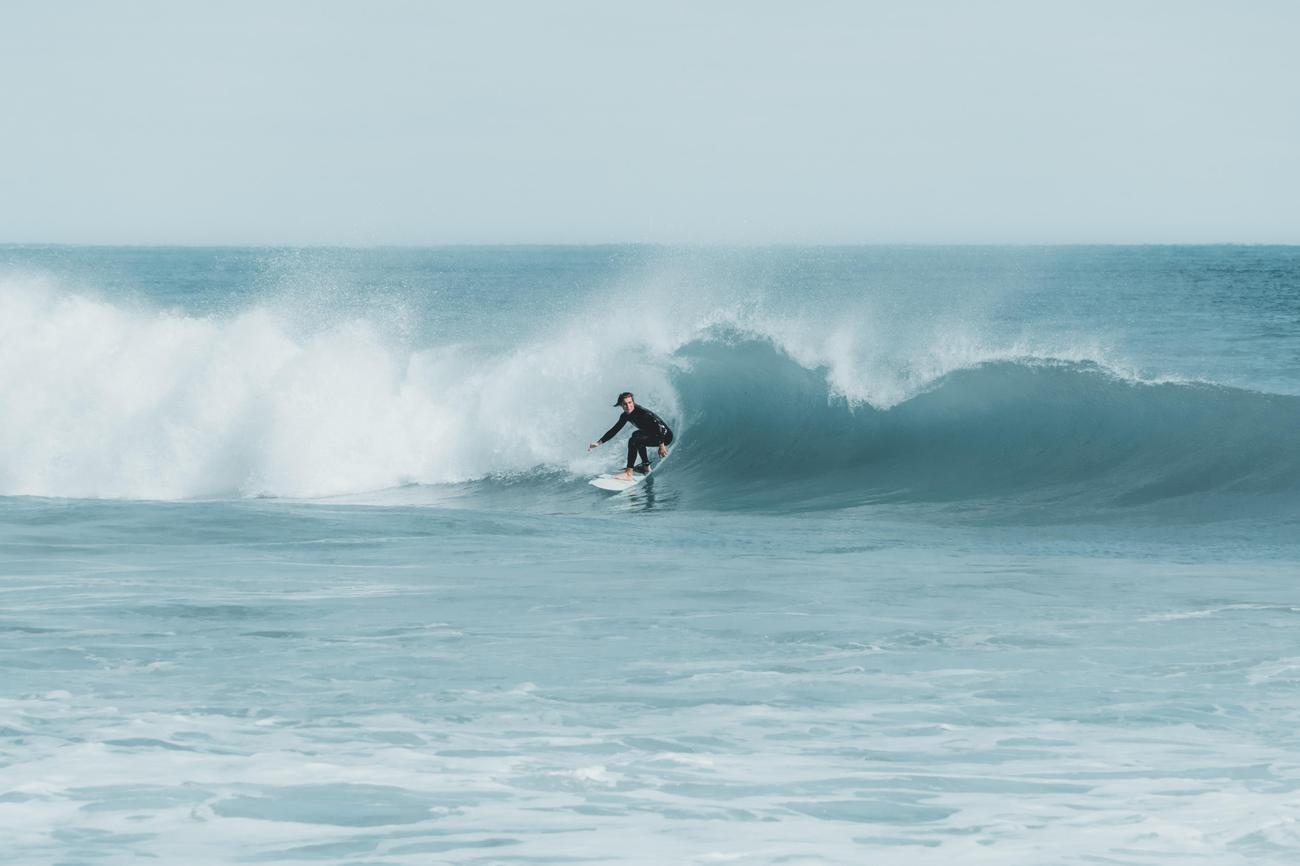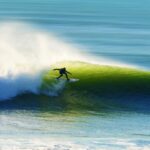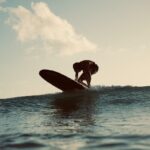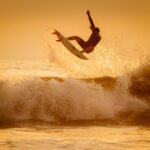Are you ready to ride the waves like a pro? Look no further! In this article, we will uncover the secrets to mastering surfing techniques and provide expert tips that will take your wave riding skills to the next level. Whether you’re a beginner or an experienced surfer, our comprehensive guide will equip you with the knowledge and expertise to ride the perfect wave with confidence and finesse. Get ready to dive into the world of surfing techniques and elevate your surfing game to new heights!
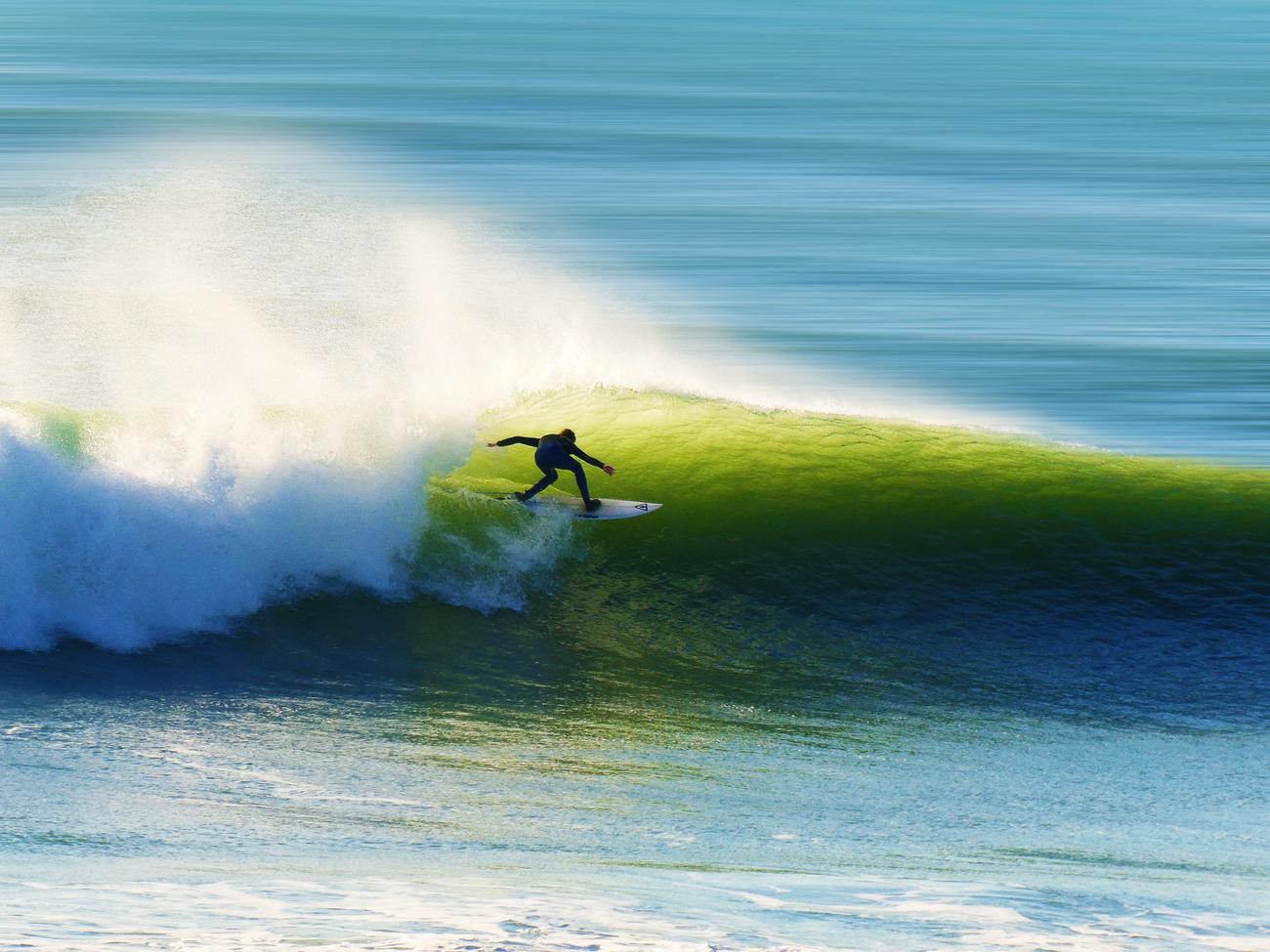
Surfing Techniques
When it comes to surfing, mastering the right techniques can make all the difference between an epic ride and a wipeout. So, whether you’re a beginner looking to catch your first wave or an experienced surfer aiming to take your skills to the next level, this article is packed with expert tips to help you ride the perfect wave. Let’s dive in and explore the key techniques that will enhance your surfing experience.
Understanding Wave Breaks and Identifying the Best Sections
Before you even paddle out, it’s crucial to understand how waves break and how to identify the sweet spots for catching them. Waves break in different ways, including peeling waves, closeout waves, and soft waves. Each type requires a different approach. To identify the best sections of a wave, keep an eye out for the steepest and most powerful part, known as the peak.
“Knowing how waves break and how to identify the best sections is fundamental in becoming a skilled surfer. By understanding the wave dynamics, you’ll be able to position yourself for the perfect ride.”
Calculating the Position on the Peak for Optimal Take-Off
Now that you’ve identified the peak, it’s time to calculate your position for the optimal take-off. Positioning yourself too far back on the wave will cause you to miss the opportunity, while being too far forward may result in a premature wipeout. To find the sweet spot, line up your board with the peak and paddle to match its speed. As you approach the peak, initiate your pop-up technique for a smooth transition from paddling to riding the wave.
“Calculating the position on the peak is the key to catching waves consistently. With practice, you’ll develop a knack for positioning yourself perfectly, setting yourself up for an exhilarating ride.”
Paddling with Nearly-Closed Fingers for Energy Efficiency and Power
One often-overlooked technique is the way you paddle. Optimize your paddling efficiency by keeping your fingers nearly closed, with only a small space between them. This technique prevents unnecessary water drag, conserves your energy, and improves power in your strokes. Focus on using your arms, shoulders, and core muscles instead of relying solely on your hands.
“Paddling with nearly-closed fingers may seem like a minor adjustment, but it can have a significant impact on your overall efficiency and power when navigating the waves.”
Using Your Eyes to Steer and Set Targets while Surfing
Want to improve your control on the waves? It all begins with your eyes. Use your gaze to set targets and steer your board where you want to go. By fixing your eyes on a specific point, such as the end of the wave or a section you’d like to hit, you’ll naturally guide your body and board in that direction. This technique enhances your control and helps you navigate through critical sections of the wave with precision.
“Remember, where your eyes go, your body and board will follow. Using your eyes to steer and set targets is like having a built-in navigation system to help you conquer the waves.”
Maintaining a Low Center of Gravity with Bent Knees
Stability and speed are essential in surfing, and one way to achieve both is by maintaining a low center of gravity. Bend your knees while riding the wave to lower your body’s center of mass and improve stability on your board. This technique allows for greater maneuverability, enables quicker turns, and enhances your overall control over the wave.
“Keeping a low center of gravity by bending your knees creates a strong and balanced foundation. This technique is a game-changer when it comes to stability, control, and speed while riding waves.”
The Importance of the Bottom Turn as the Foundation for Other Surfing Maneuvers
Before you can master the flashy surfing tricks and maneuvers, it’s crucial to understand the importance of the bottom turn. The bottom turn sets the foundation for all other maneuvers and allows you to generate speed and power. By initiating a smooth and controlled turn at the bottom of the wave, you position yourself for more advanced maneuvers such as cutbacks, snaps, and aerials.
“The bottom turn is like the launchpad for your surfing journey. Mastering this fundamental maneuver will give you the confidence and control to take on more challenging and exciting tricks.”
Finding a Suitable Beginner-Friendly Break to Learn to Surf
If you’re a beginner, choosing the right surf break is crucial for your learning process. Look for a break with mellow, rolling waves that offer a long and gentle ride. Avoid breaks with intense shore breaks or heavy waves that can be overwhelming for beginners. Learning on a beginner-friendly break will provide you with a safe and enjoyable environment to develop your skills.
“Finding the perfect break to learn to surf is like finding a comfortable classroom for your surfing education. It sets the stage for a positive and progressive learning experience.”
Practicing the Surfing Popup on Land for a Smooth Transition
A smooth transition from paddling to standing up on your board is essential for catching waves successfully. Before you hit the water, practice the surfing popup technique on land. Start by lying on your stomach and, in one swift motion, push up with your arms, bring your back leg forward, and plant your front foot on the ground. Repeat this movement until it becomes second nature. This practice creates muscle memory, making the transition seamless when you’re out on the waves.
“Mastering the surfing popup technique on land primes you for success in the water. Practice makes perfect, and this technique will become your secret weapon for smoothly catching waves.”
Choosing the Right Surfboard for Beginners
As a beginner, selecting the right surfboard is vital to your progress and enjoyment. Soft-top or foam boards are often recommended for beginners due to their buoyancy, stability, and forgiving nature. These boards provide a wider platform for easier balance, helping you catch more waves and build confidence in the water. Consider the volume and size of the board based on your skill level and body weight.
“Choosing the right surfboard as a beginner directly impacts your learning curve. A board that suits your skill level and offers stability will make your surfing journey more enjoyable and successful.”
Understanding the Rules and Basics of Surfing
Before you paddle out into the lineup, familiarize yourself with the rules and basics of surfing etiquette. Respect other surfers in the water by giving them space and taking turns when catching waves. Follow the lineup hierarchy, where the surfer closest to the peak has priority. Learning and adhering to these rules promote safety and harmony among surfers in the lineup.
“Understanding the rules and basics of surfing etiquette is essential for a positive and respectful experience in the water. It ensures everyone can enjoy the waves while minimizing conflicts and accidents.”
Selecting the Right Board Size and Construction
Are you wondering about the ideal board size and construction for your surfing level? Consider factors like your weight, experience level, and wave conditions. Larger boards provide stability and buoyancy, making them suitable for beginners. As you progress, you can transition to smaller boards for improved maneuverability. Different constructions, such as fiberglass boards or soft surfboards (soft tops or foamies), offer unique characteristics and performance. Experiment and find the board that suits your style and skill level the best.
“Selecting the right board size and construction is like finding the perfect fit for your surfing journey. It’s a personal choice that can enhance your experience and allow you to maximize your potential on the waves.”
Surfing is an exhilarating sport that allows individuals to ride the waves and feel a sense of freedom like no other. Whether you’re a seasoned pro or a beginner looking to catch your first wave, learning what surfing is all about is essential. To discover the ins and outs of this thrilling activity, click here to read our comprehensive guide on What Is Surfing. With detailed explanations and fascinating insights, this article will surely pique your interest and leave you craving for more adventures in the water. So why wait? Dive into the world of surfing by clicking this link: What Is Surfing.
FAQ
Question 1: What are some tips for identifying the best sections of a wave when surfing?
Answer: When surfing, it’s essential to identify the best sections of a wave to maximize your ride. Here are some tips for doing so:
- Look for sections with a smooth, unbroken face as they provide the most potential for a longer ride.
- Pay attention to the shape and size of the wave, as well as any visible changes in its formation.
- Observe the direction and speed of the wave to determine which sections offer the most power and opportunity for maneuvers.
- Consider the wave’s break point and any visible channels or sandbars that may influence its shape and quality.
Question 2: How can I calculate the optimal position on the peak for take-off?
Answer: Calculating the optimal position on the peak is crucial for a successful take-off. Here’s how you can do it:
- Start by observing the wave’s break and determining where the most powerful section is located.
- Position yourself slightly ahead of the anticipated breaking point to allow for a smoother, more controlled take-off.
- Take into account factors such as wave shape, size, and speed, as they may affect the positioning of the peak.
- Practice reading waves and experimenting with different positions to find the sweet spot for take-off.
Question 3: Is there a specific paddling technique that can help conserve energy and improve power?
Answer: Yes, paddling with nearly-closed fingers can be beneficial for saving energy and increasing power while surfing. Here’s why:
- When you paddle with fingers slightly closed, it creates a cup-like shape that allows for better water displacement, resulting in more efficient paddling.
- The cupped hand position increases the surface area available for propulsion, generating more power with each stroke.
- Additionally, keeping your fingers slightly closed helps prevent excessive water drag and reduces the risk of injury to your fingers.
Question 4: How important is it to use your eyes to steer and set targets while surfing?
Answer: Using your eyes to steer and set targets is a fundamental technique that can significantly enhance your surfing skills. Here’s why it’s important:
- By focusing your gaze on where you want to go, you naturally align your body and board in that direction, improving your control and maneuverability.
- Setting targets helps you anticipate and adjust to changes in the wave, allowing for better positioning and execution of maneuvers.
- Your eyes serve as valuable feedback, providing real-time information about the wave’s shape, speed, and any potential obstacles.
Question 5: Why is maintaining a low center of gravity by bending your knees important when surfing?
Answer: Maintaining a low center of gravity by bending your knees is vital for stability and speed while surfing. Here’s why it matters:
- Bending your knees lowers your body’s center of gravity, making it easier to maintain balance and stability on the board.
- A lower center of gravity also allows for quicker weight shifts, enabling smoother turns, maneuvers, and adjustments to the wave’s dynamics.
- By keeping your knees flexed, you absorb the impact of the wave, reducing the risk of losing control or being thrown off-balance.
- Senior at What Age: Benefits & Eligibility Guide - March 29, 2025
- Unlocking Senior Benefits: How Old is a Senior? Your Complete Guide - March 29, 2025
- Master Russian Politeness:A Guide to Saying Please - March 29, 2025
